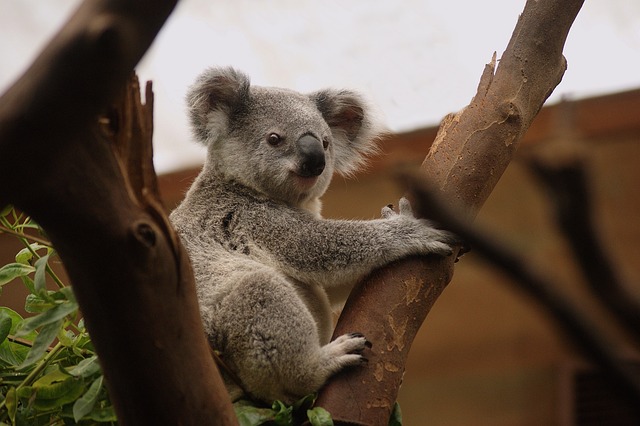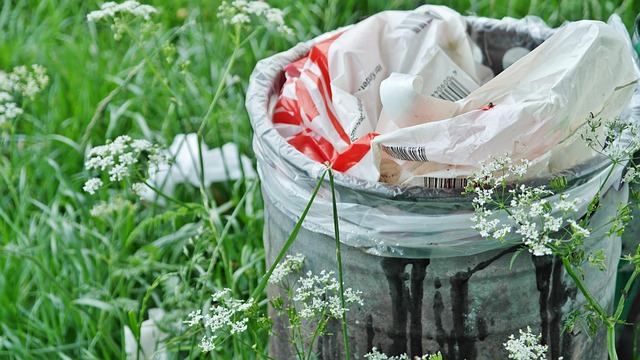Preserving Mother Nature: Eco-Friendly Gardening for the Conservation of Natural Habitats
In a world that increasingly values sustainability, eco-friendly gardening practices play a crucial role in the conservation of natural habitats. The beauty of gardening goes beyond aesthetics; it connects us deeply to our environment, allowing us to nurture nature while reaping the rewards of our hard work. By adopting green techniques in our gardens, we can create a sanctuary not only for ourselves but also for the myriad of creatures that share our planet.
The Importance of Conservation
The planet’s ecosystems are under constant threat from urbanization, pollution, and climate change. As a result, many species are losing their habitats and struggling to survive. Eco-friendly gardening is more than a trend; it’s a necessity. By adopting practices that promote biodiversity and sustainability, we not only improve our green spaces but also contribute to the larger movement of preserving natural habitats.
Eco-Friendly Gardening Practices
1. Native Plants: One of the simplest ways to promote eco-friendly gardening is by planting native species. These plants are naturally adapted to your local climate and soil, requiring less water and fewer chemical inputs. They also provide vital habitats for local wildlife.
2. Organic Gardening: Avoiding synthetic pesticides and fertilizers is essential for maintaining an eco-friendly garden. Embrace organic gardening techniques to nourish your plants without harming the environment. Composting kitchen scraps and yard waste can enrich your soil, promote healthy plant growth, and reduce landfill waste.
3. Water Conservation: Implementing practices such as rainwater harvesting and drip irrigation not only saves water but also efficiently supplies your garden with moisture. Creating a rain garden can also help capture excess runoff while providing a rich ecosystem for local flora and fauna.
4. Wildlife Corridors: Establishing wildlife-friendly zones in your garden can dramatically enhance biodiversity. Incorporate bird feeders, butterfly gardens, and insect hotels to attract various species. These simple features can create pathways for wildlife, allowing them to thrive in and around your garden.
Creating a Green Sanctuary
As we dig our hands into the soil, we connect with Mother Nature in a way that modern life often disrupts. Our gardens become sanctuaries where we can unwind while fostering an environment for butterflies, bees, and birds to flourish. The act of nurturing a garden becomes a ritual, a practice steeped in mindfulness that encourages us to reflect on our role in the conservation of natural habitats.
By shifting our gardening practices towards more eco-friendly methods, we not only beautify our homes but also play a vital role in the health of our planet. Every small change counts, and together, we can leave a legacy of thriving ecosystems for generations to come.
Engaging with Nature
Gardening is not merely about planting; it’s about engaging with the natural world. It’s about feeling the warmth of the sun on your skin and the softness of the earth between your fingers. It’s a reminder that our actions have a ripple effect on the environment, and through mindful gardening, we can cultivate a better future.
As we embrace eco-friendly gardening practices, we join a community dedicated to the conservation of natural habitats and the nurturing of our planet. Let’s challenge ourselves to create gardens that not only reflect our style but also echo our commitment to preserving the rich tapestry of life that surrounds us.




